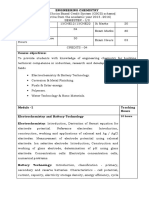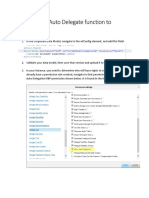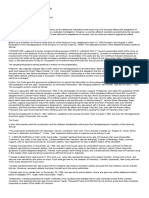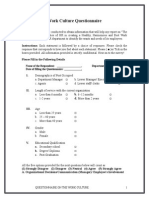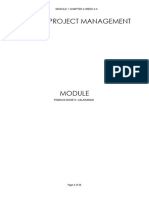0% found this document useful (0 votes)
6 views2 pagesChapterwise Questions
The document outlines various topics related to sensors, batteries, memory devices, corrosion, polymers, hydrogen production, and e-waste management across five modules. Key discussions include the principles and applications of electrochemical sensors, organic memory devices, and the implications of corrosion. Additionally, it addresses the properties and applications of materials like Kevlar and the environmental impact of e-waste.
Uploaded by
rvit24bcs073.rvitmCopyright
© © All Rights Reserved
We take content rights seriously. If you suspect this is your content, claim it here.
Available Formats
Download as PDF, TXT or read online on Scribd
0% found this document useful (0 votes)
6 views2 pagesChapterwise Questions
The document outlines various topics related to sensors, batteries, memory devices, corrosion, polymers, hydrogen production, and e-waste management across five modules. Key discussions include the principles and applications of electrochemical sensors, organic memory devices, and the implications of corrosion. Additionally, it addresses the properties and applications of materials like Kevlar and the environmental impact of e-waste.
Uploaded by
rvit24bcs073.rvitmCopyright
© © All Rights Reserved
We take content rights seriously. If you suspect this is your content, claim it here.
Available Formats
Download as PDF, TXT or read online on Scribd
/ 2







































